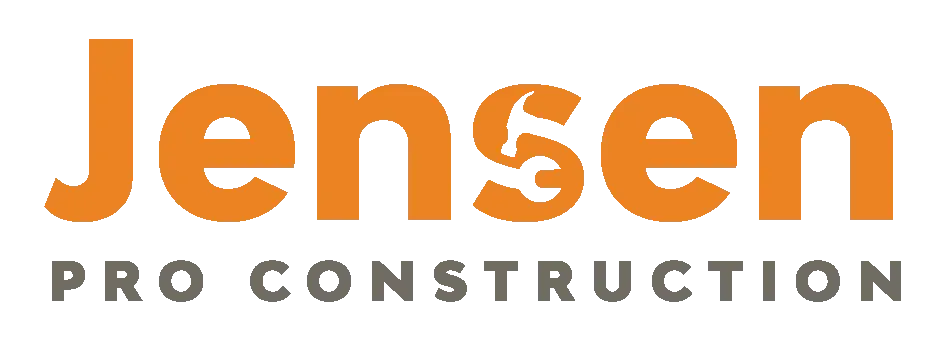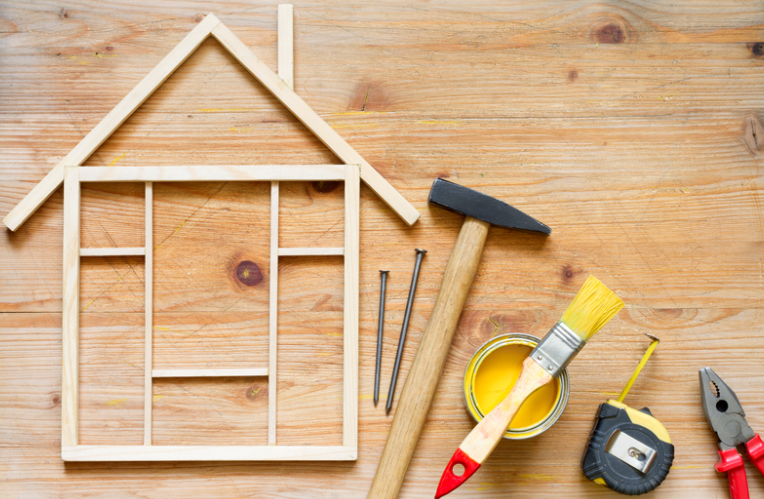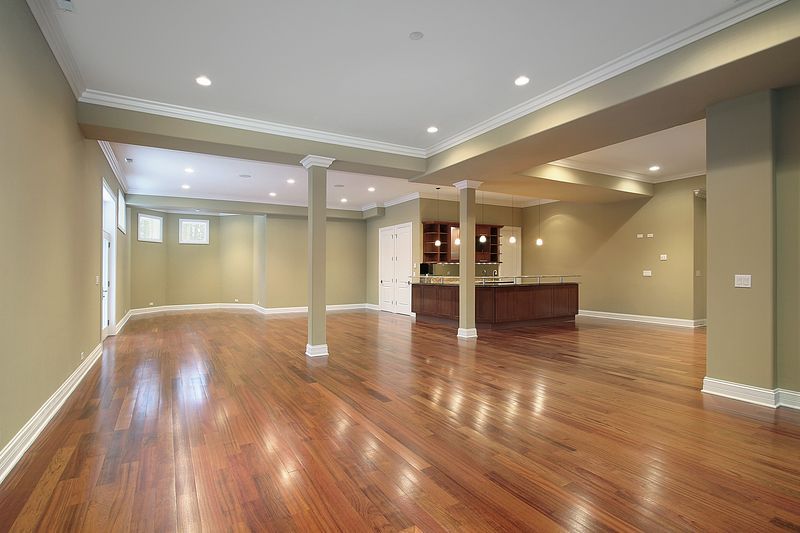Your Guide to Adding a Basement Bathroom: Tips and Tricks
June 15, 2024
Navigating Plumbing Challenges
Plumbing is the cornerstone of any bathroom addition, more so in a basement setting where the main drain lines are typically above the floor level. Homeowners must evaluate their current plumbing system's capacity to handle additional fixtures. In some cases, installing a sewage ejector system or up-flushing toilets may be necessary to transport waste to the sewer line effectively. Engaging a professional plumber to assess the feasibility and provide options for the basement's specific plumbing needs is vital.
Designing the Layout
The layout of a basement bathroom requires strategic planning to maximize functionality in typically smaller spaces. Homeowners should consider the placement of the toilet, sink, and shower or bathtub in relation to existing plumbing and the overall flow of the basement area. The inclusion of pocket doors or shower curtains instead of traditional doors can save space and facilitate movement within tight quarters.
Selection of Fixtures and Features
When choosing fixtures for a basement bathroom, durability and size are important considerations. Wall-mounted or pedestal sinks can conserve space while providing an open, airy feel. For showers, opting for a corner unit with a glass enclosure can make the bathroom appear larger. Furthermore, choosing fixtures with water-saving features can enhance efficiency and environmental sustainability.
Mitigating Moisture Concerns
Basements are prone to higher humidity levels, making moisture resistance a top priority. Materials such as mold-resistant drywall, waterproof membranes for shower enclosures, and porcelain or ceramic tiles are wise choices for walls and floors. Adequate ventilation is also crucial to prevent mold growth and maintain air quality. This may involve installing a bathroom fan or enhancing existing ventilation systems.
Lighting to Brighten the Space
Basements often lack natural light, which makes thoughtful lighting design essential in creating an inviting bathroom space. Layers of lighting, from overhead fixtures to wall sconces, can illuminate the bathroom effectively. LED lights are a popular choice for their longevity and energy efficiency. Additionally, homeowners can consider recessed lighting to maintain headroom and a clean ceiling line in lower basement ceilings.
Electrical Considerations and Safety
Electrical work in a bathroom must comply with safety codes, particularly in a basement where the risk of moisture exposure is high. Outlets should be GFCI (Ground Fault Circuit Interrupter) protected to prevent electrical shocks. Homeowners should consult an electrician to ensure that all electrical installations are code-compliant and safe.
Flooring Options for Comfort and Durability
Flooring in a basement bathroom should offer both comfort and resistance to moisture. Ceramic or porcelain tiles are ideal for their water resistance and ease of cleaning. For added comfort, particularly in colder climates, homeowners might consider installing in-floor heating systems beneath the tiles for a warm underfoot experience.
Walls and Ceiling Finishes
The walls and ceilings of a basement bathroom should be finished with materials that can handle the humid environment. Options like semi-gloss paint are recommended for their ability to repel moisture and ease of maintenance. For ceilings, materials that resist sagging in humid conditions, such as fiberglass panels, can be both functional and aesthetically pleasing.
Storage Solutions for Basement Bathrooms
Incorporating storage into a basement bathroom can keep the space tidy and functional. Built-in niches in shower walls, floating shelves, and medicine cabinets are effective ways to store toiletries without compromising on space. With clever design, even the smallest bathroom can offer ample storage through the efficient use of vertical space.
Personalizing Your Basement Bathroom
Personal touches turn a functional space into a comfortable retreat. Homeowners can infuse their style through the choice of color schemes, fixtures, and decor. Whether aiming for a modern look with sleek lines or a cozy atmosphere with warm tones, the bathroom's design should complement the rest of the basement and the home’s overall style.
Navigating Permits and Regulations
Before embarking on a basement bathroom addition, homeowners must be aware of local building codes and obtain the necessary permits. These regulations ensure that the new bathroom is safe, functional, and up to standard. Working with licensed contractors who are familiar with these requirements can streamline the process and avoid costly mistakes or delays.
Adding a bathroom to a basement can bring new life to an underutilized area of the home. By addressing the unique challenges of basement renovations, such as plumbing, moisture control, and lighting, homeowners can create a space that is both practical and appealing. Careful selection of materials, fixtures, and a design that maximizes space can result in a basement bathroom that enhances the comfort and value of the home. With thorough planning and attention to detail, a basement bathroom project can successfully transform a challenging area into a functional and stylish space.
Ready to transform your basement with the perfect bathroom addition but not sure where to start? Let Jensen Pro Construction take the reins! Our team of experts is skilled in navigating the complexities of basement renovations, ensuring a seamless process from plumbing to the finishing touches. Don't let the planning phase overwhelm you; consult with us today
and turn your dream basement bathroom into a reality.
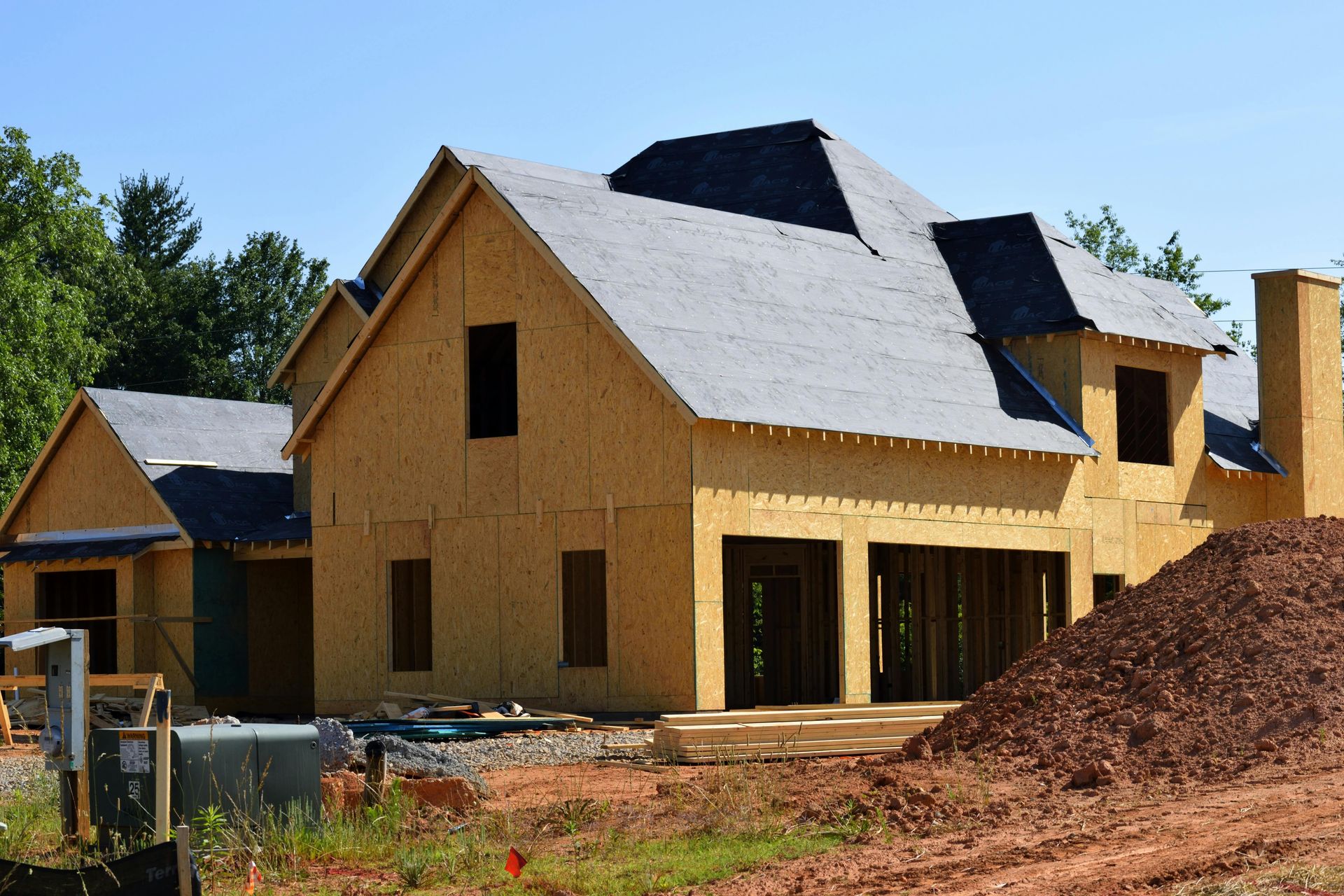
Seamlessly blending style and functionality has always been the core of a remarkable home renovation. Today, however, there’s a new level of possibility as innovative technologies open doors to smarter, greener, and more personalized remodeling projects. Whether you’re planning a simple kitchen update or a complete home transformation, technological advancements are ushering in an era of elevated designs and seamless communication between contractors and homeowners—leading to renovations that don’t just meet expectations, but exceed them. Below, we’ll dive into a few key areas—smart home systems, project planning tools, and virtual design apps—that are redefining the standards of what’s possible in home renovations. Smart Home Systems: Transforming Everyday Living The appeal of living in a connected home is growing year by year. In fact, the global smart home market is projected to expand significantly in the coming years, reaching an estimated value of over 231 billion US dollars by 2028. The driving force behind this growth is the desire for convenience, security, and energy efficiency. From intelligent lighting to smart thermostats, integrating these technologies into a renovation helps create an environment that is both inviting and efficient. Voice-controlled lighting: Imagine walking into a newly renovated living room and simply saying, “Dim the lights,” to set the perfect movie-watching ambiance. These systems can also track energy usage, prompting more conscious consumption patterns. Smart security solutions: High-definition video doorbells and motion-detecting cameras keep you informed with real-time updates. Beyond security, these tools can make daily life easier: you can see who’s at your door while you’re cooking dinner or greet guests remotely if you’re running late. Energy management: Modern systems can detect peak energy usage times and automatically adjust device settings, lowering overall costs. Focus on these upgrades during a renovation, and you’ll reap the rewards for years to come. Incorporating smart devices strategically ensures that the tech doesn’t just blend with new designs—it boosts the comfort and efficiency of each space. When planned during the renovation phase, wiring and device placement can be seamlessly integrated behind walls, making the final result stylish and functional. Digital Project Planning Tools for Streamlined Renovations Keeping a renovation on track involves more than just a hammer and nails: effective communication and organization are crucial. Tech-based project planning tools have become game-changers by allowing homeowners and contractors to collaborate in real time, track budgets, and maintain clear timelines. Online collaboration platforms: These platforms let everyone view tasks, share progress photos, and resolve issues quickly—no phone tag required. By centralizing project documents and updates, they keep misunderstandings at bay and reduce unnecessary delays. Budget-tracking software: Renovations can be stressful when costs begin to creep higher than anticipated. Having an integrated budget tracker lets you monitor spending and manage contingencies, ensuring you stick to your desired financial plan. Virtual check-ins: Thanks to video calls and progress-monitoring apps, your renovation process can be as interactive—or hands-off—as you prefer. This flexibility means you can maintain control and stay connected without having to be on-site constantly. These tools ultimately bridge the gap between you and your contractors, promoting transparency so that the final project truly aligns with your original vision. Virtual Design Apps and AR: Visualizing Your New Space Gone are the days of relying solely on 2D sketches or imagining the “what ifs?” of a floor plan. Virtual design apps and augmented reality (AR) solutions let you visualize everything—from color palettes to furniture arrangements—before you commit. For example: Room layout previews: Experiment with different furniture arrangements to see how they’d fit into your new space without lifting a single piece of furniture. Color scheme simulations: Play with paint colors, flooring materials, and décor selections on a screen. Adjusting a color with a simple swipe can save you from expensive repainting later. Augmented Reality walk-throughs: Step into a vacant room and use AR devices to see an entirely finished space right before your eyes. These interactive experiences provide clarity and help homeowners feel confident in their ideas. With the right apps, you can adjust designs, swap out cabinets, or try new tile patterns in seconds—making sure every detail is polished before the first nail is hammered. Embracing the Future of Renovations Technological solutions are helping break barriers in the renovation world. They: Enhance communication and planning, reducing budget misalignments and scheduling issues. Offer homeowners confidence by providing clear visualizations and transparent decision-making options. Promote sustainability by making it easier to monitor energy consumption and environmental impacts. Sustainability, in particular, is on the rise. New materials, smart appliances, and home automation systems can substantially lower energy use , benefiting both your monthly bills and the planet. This forward-thinking approach not only boosts immediate comfort but also future-proofs your home against evolving renovation trends. Ready to Redefine Your Renovation Journey? If you’ve been inspired to integrate the latest technology into your remodeling plans, our team at Jensen Pro Construction is here to help turn your vision into reality with expertise, reliability, and modern sensibilities. From planning and design to installation and finishing touches, we ensure that every part of the process reflects the latest in renovation innovation. When you're ready to take the next step, contact us to schedule a consultation or request more information. Embrace the future of home renovations—one smart, seamless, and stylish upgrade at a time.

Basements are no longer dark, underutilized spaces in homes. In 2025, they are evolving into modern, functional living areas that reflect cutting-edge design and advanced functionality. Here are the top ten basement renovation trends that homeowners should consider for their upcoming projects. Innovative Lighting Solutions One of the key trends in basement renovations is the use of innovative lighting solutions. Modern LED systems, ambient lighting, and automated controls can transform the basement's ambiance and functionality, creating a space that is both inviting and practical. Flooring That Combines Style and Durability New flooring options are being developed specifically for moisture-prone basement environments. Engineered materials that marry design with practicality are gaining popularity, offering homeowners a combination of style and durability for their basement floors. Eco-Friendly Materials and Sustainable Practices The use of recycled, low-VOC, and renewable building materials is another trend in basement renovations. By incorporating eco-friendly materials and sustainable practices, homeowners can not only benefit the environment but also achieve long-term energy savings in their homes. Multi-Purpose Spaces for Modern Lifestyles Creating versatile areas in the basement that can serve as home gyms, offices, or entertainment zones is a growing trend. By designing multi-purpose spaces, homeowners can make the most of their basement square footage and adapt to their evolving lifestyle needs. Moisture Management and Waterproofing Technologies Preventing dampness, mold, and water intrusion is essential in basement renovations. The latest moisture management and waterproofing technologies are being used to maintain a dry, healthy environment in basements, ensuring the longevity of the renovation. Enhanced Egress and Safety Code Innovations Updated egress windows and compliance with modern safety codes are crucial in basement renovations. Innovations in fire safety and escape routes are maximizing basement usability without compromising safety, providing homeowners with peace of mind. Acoustic and Soundproofing Advancements For homeowners looking to create home theaters or quiet workspaces in their basements, new sound insulation materials and design techniques are essential. Achieving superior sound control in multi-use areas is possible with the latest acoustic and soundproofing advancements. Smart Home Integration Tailored for Basements Adapting climate control, security systems, and automated lighting for below-grade environments is a growing trend. Integrating smart home technology in basements can enhance convenience and energy efficiency, providing homeowners with a modern and connected living space. Innovative Storage and Space-Optimization Solutions Maximizing limited space in basements with innovative storage and space-optimization solutions is a key trend. Built-in storage, hidden cabinetry, and clever design concepts can help homeowners stay organized without compromising the aesthetics of their basement. Cost Management, Financing, and ROI Strategies Budgeting essentials and insights into the latest financing options for basement renovations are crucial for homeowners. Analyzing trends that offer the best long-term value and increased home equity can help homeowners make informed decisions about their renovation projects. In conclusion, these top ten basement renovation trends for 2025 are reshaping how homeowners approach basement renovations. By incorporating innovative design, advanced technology, and sustainable practices, homeowners can transform their basements into modern, functional living spaces. For personalized consultations and expert advice on basement renovations, contact Jensen Pro Construction today. Explore more renovation ideas and success stories on Jensen Pro Construction's blog .
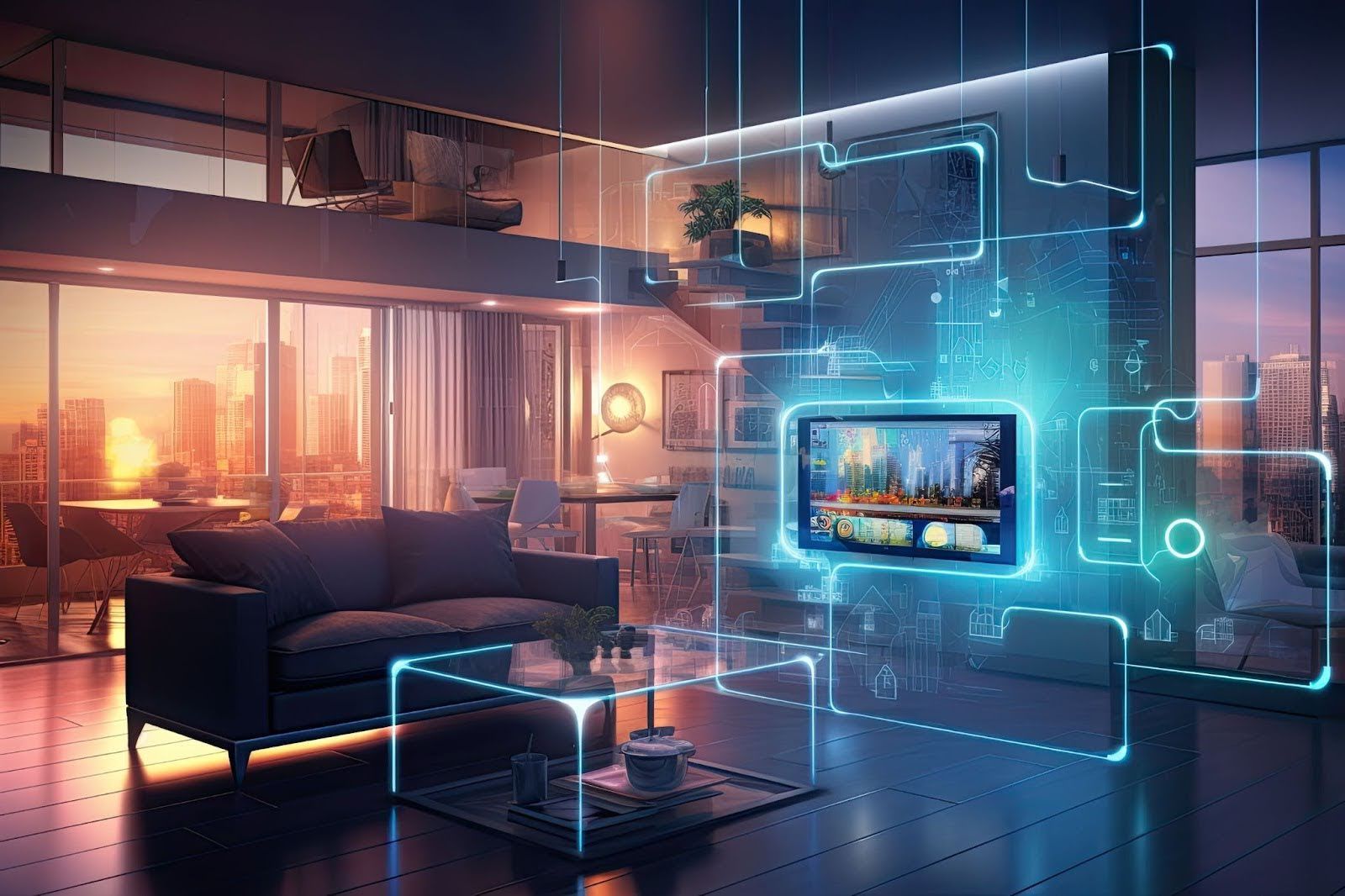
In recent years, smart home technology has gained significant traction, becoming a popular choice in home renovations. This trend reflects a growing desire for increased convenience, energy efficiency, and enhanced living experiences. Homeowners are integrating smart devices to automate daily tasks, reduce energy consumption, and improve their overall quality of life. According to a 2022 report by Statista , the global smart home market was projected to reach over $53 billion, illustrating the significant growth and widespread adoption of these technologies at that time. This figure serves as a testament to the market's strength and its continued expansion in the years since. To explore this growth further, delve into specific smart home technologies that are transforming modern renovations, highlighting their benefits and practical applications for homeowners. Smart Thermostats: Enhancing Comfort and Efficiency Smart thermostats are a prime example of technology that can both improve comfort and reduce energy costs. These devices learn user habits to optimize heating and cooling schedules, ensuring a comfortable home environment while minimizing energy usage. Popular brands like Nest, Ecobee, and Honeywell offer features such as remote access via smartphone apps, integration with other smart home systems, and energy usage reports. By adjusting temperature settings based on occupancy and preferences, smart thermostats can lead to significant savings on energy bills, potentially reducing heating and cooling costs by up to 10–15% . Additionally, homes equipped with smart thermostats often see an increase in resale value due to their appeal to tech-savvy buyers. Intelligent Lighting Solutions for Modern Homes Smart lighting systems, including bulbs, switches, and dimmers, offer homeowners the ability to customize lighting to suit their needs and preferences. These systems can be controlled through smartphone apps or voice commands, providing convenience and flexibility. Smart lighting not only enhances energy efficiency by allowing precise control over light usage but also enables users to create specific ambiances for different occasions. Innovative products like Philips Hue and LIFX offer a wide range of options, from color-changing bulbs to automated lighting schedules, making it easier than ever to transform a home's lighting landscape. Upgrading Home Security With Smart Systems Smart security systems are transforming the way homeowners protect their properties. Components such as cameras, doorbells, and alarms offer real-time alerts and remote monitoring, providing peace of mind and enhanced safety. These systems allow users to monitor their homes from anywhere, ensuring that they are always aware of any potential security threats. In Utah, homeowners should be mindful of local regulations regarding security camera installations, ensuring compliance while benefiting from increased security measures. The Role of Smart Appliances in Modern Kitchens The integration of smart appliances in kitchen renovations is revolutionizing the way people cook and manage their households. Smart refrigerators, ovens, and dishwashers offer features like energy efficiency, remote operation, and personalized settings. For example, a smart oven can be preheated from a smartphone, while a smart refrigerator can provide inventory updates and suggest recipes based on available ingredients. These appliances streamline daily tasks, making kitchen management more convenient. However, homeowners should consider potential challenges such as compatibility with existing systems and the initial investment cost when upgrading to smart appliances. Incorporating Smart Entertainment Systems Smart entertainment systems, including smart TVs and speakers, offer seamless streaming and voice control, enhancing the home entertainment experience. A strong Wi-Fi network is crucial to support these devices, ensuring uninterrupted streaming and connectivity. Integrating smart entertainment systems into existing home setups can be straightforward, with options to connect devices wirelessly or through home automation platforms. Brands like Samsung, LG, and Sonos provide a range of products that cater to diverse entertainment needs, allowing homeowners to enjoy a personalized and immersive experience. The Impact of Smart Technology on Home Resale Value Smart home technology can significantly enhance a property's appeal to potential buyers. Features such as smart thermostats, security systems, and lighting solutions are particularly attractive in the real estate market. According to a report by Zillow , homes with smart features tend to sell faster and at higher prices compared to those without. This increased demand for smart-enabled homes underscores the importance of incorporating technology into modern renovations. Practical Considerations and Challenges in Smart Renovations While the benefits of smart home technology are clear, homeowners may face challenges when integrating these systems. Compatibility issues, installation costs, and the complexity of managing multiple devices can be daunting. It's important to plan thoroughly and consult with professionals to ensure a seamless integration process. Homeowners in Utah can access local resources and experts to assist with smart home renovations, ensuring they choose the right technology based on individual needs and budget constraints. Smart home technology continues to evolve, offering innovative solutions for modern living. By understanding the various options and potential challenges, homeowners can make informed decisions that enhance their homes and improve their quality of life. Smart home technology is transforming modern renovations, offering homeowners enhanced convenience, efficiency, and security. Jensen Pro Construction, with expertise in home renovations, can play a vital role in helping clients seamlessly incorporate these innovative features. Ready to bring smart technology into your home renovation? Contact Jensen Pro Construction today for a consultation and take the first step towards a smarter, more connected home.
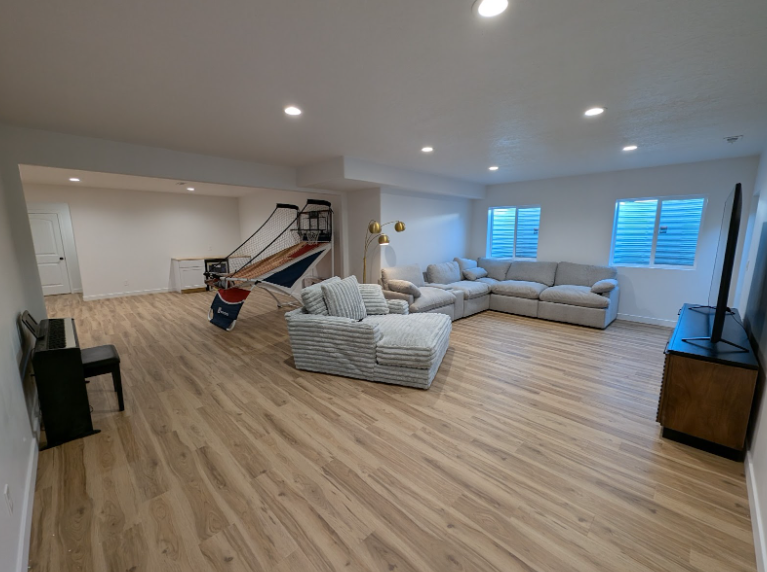
The open floor plan concept has redefined modern architecture, offering innovative solutions for both residential and commercial spaces. This design approach minimizes the separation between living areas, promoting a more communal and adaptable environment. Over the years, it has gained popularity due to its ability to cater to contemporary lifestyles that value connectivity and flexibility.

Home renovations and upgrades are exciting yet challenging endeavors that require careful planning and execution. At the center of a successful renovation is the selection of the right contractor. This choice can dramatically influence the project's outcome, affecting both the quality and the timeline. A competent and reliable contractor can turn your vision into a reality, ensuring that every aspect of the project aligns with your expectations. Conversely, an inexperienced or unreliable contractor can lead to delays, budget overruns, and substandard workmanship, jeopardizing both your investment and peace of mind.
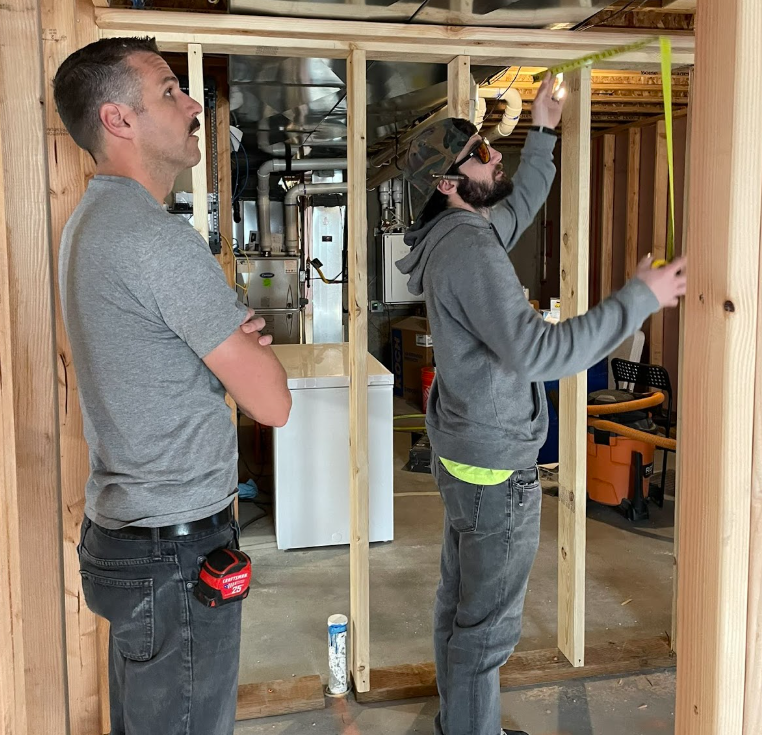
Home renovation can transform your living space, increasing both functionality and market value. However, without proper planning and execution, the process can become overwhelming. This guide will walk homeowners through the typical stages of a home renovation project, highlighting key considerations such as establishing a clear project scope, setting realistic timelines, and ensuring effective communication with your contractor for a smooth renovation journey.
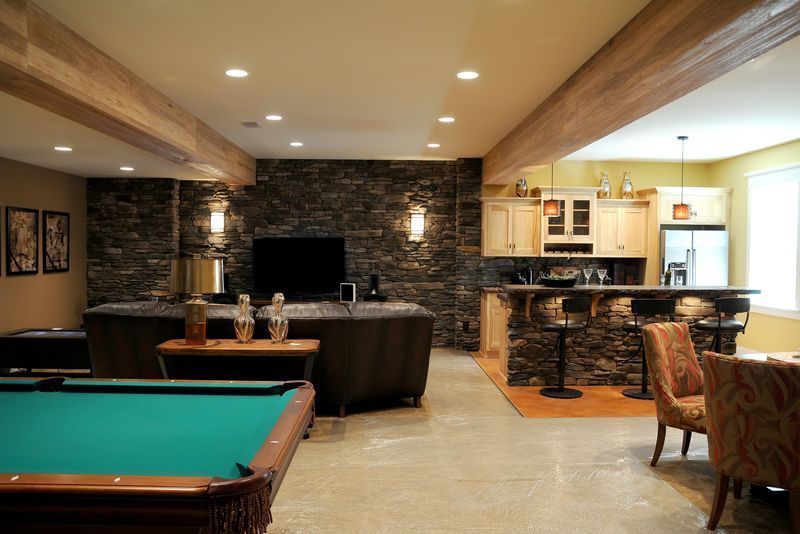
Transforming a basement into a multi-functional space is a trend that has gained momentum among homeowners looking to enhance the usability and value of their homes. Integrating a kitchenette into your basement design not only adds convenience but also increases its appeal as an entertainment hub. This guide will explore how to select compact appliances, incorporate functional storage, and devise creative layout plans to craft a practical yet stylish kitchenette tailored to complement the overall aesthetic of your basement.
